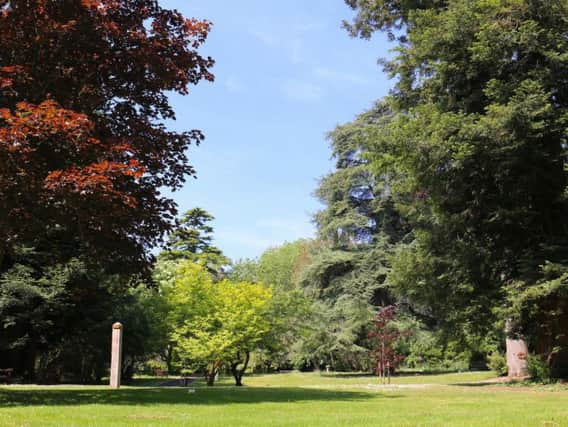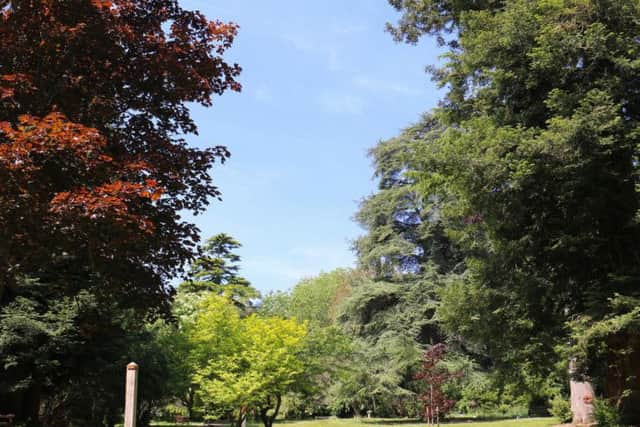Deadly and incurable disease could wipe out all of Adur and Worthing's most common trees


A special task force has been created by Adur and Worthing councils to counter the fungal disease ash dieback, which has been discovered in trees at Lancing Ring and The Gallops in Findon Valley, Worthing.
Almost 20 per cent of the woodland covering is at risk - estimated to be more than 1,200 ash trees - from the incurable disease, which is spreading across Europe.
Advertisement
Hide AdAdvertisement
Hide AdAdur and Worthing Councils’ parks team has been carrying out an urgent study of the extent of the problem in areas particularly vulnerable, because of the volume of ash trees there.


The main plans of action will have to be felling and replanting programmes.
Residents are also asked to remain vigilant and report any possible signs of ash dieback they see. Signs the disease has taken hold include blackened and curling young leaf shoots, a very thin crown at the top of the tree resulting in an undernourished canopy of leaves and damage to bark.
Philippa Reece, the councils' parks and foreshore manager, said her team would be working closely with West Sussex County Council, The Tree Council and other local landowners to plan a coordinated approach to the identification of affected areas. She said: “We will be engaging with local schools and community groups as part of these replanting programmes to try and create something special, new memories and legacies out of something so sad
Advertisement
Hide AdAdvertisement
Hide Ad“Unfortunately what we are seeing across Europe and other areas within the UK are that the vast majority of ash trees that contract the disease will die so, sadly, the plan really has to be about felling affected trees and replacing with other species.
“We’re going to lose entire woodland areas, Lancing Ring as an example, because the majority of tree stock across the area is made up of Ash trees. Our environmental teams are exploring these areas most likely to be affected, allowing us to see where we can future proof against the loss of trees that are coming to Adur and Worthing.”
Ash dieback, a fungal disease, is spread through spores from tree to tree, blocking the water transport systems in ash trees. It was first spotted in Worthing in 2014 and identified in the borough's Crematorium a year later.
The rate of infection has been increasing all over Europe. Young trees are most susceptible, while older trees can resist longer. A small percentage of ash trees are insusceptible to the disease and it is hoped to breed from these in the future.
Advertisement
Hide AdAdvertisement
Hide AdThe councils will also be working with landowners to uncover diseased trees on private land. Responsibility for dealing with the problem will ultimately rest with the landowner.
Councillor Emma Evans, Adur District Council's cabinet member for the environment, said: “It’s difficult action to take, but I am confident our team will do what’s best for our open spaces. We have to take action against the threat to beautiful areas like Lancing Ring, and respond quickly, ensuring there are vital green places for future generations.”
Mrs Evans' Worthing counterpart, Ed Crouch, said it was a 'sad position' to be in, given the prevalence of ash trees in Worthing, but that the council was resolute in keeping green spaces flourishing.
Residents are asked to be sure the tree they think is affected is Ash (it can sometimes be confused with Rowan or Elder) before contacting the Councils' Parks Department at [email protected] or ring 01903 221067.